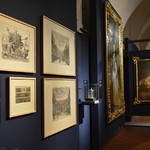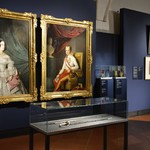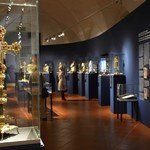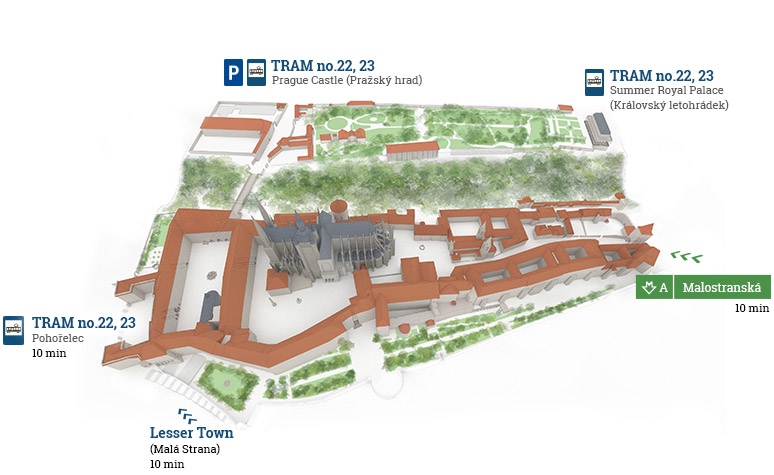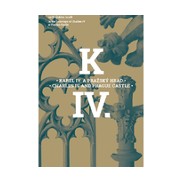Publication
The Sceptre and the Crown: Charles IV and the Bohemian Royal Coronations
On 30 June the Sceptre and Crown exhibition in the Imperial Stables in Prague Castle will not open until 1 pm due to the exhibits being changed round. At the exhibition it will now be possible to see the picture “The Coronation of Ferdinand V”, as well as a portrait of Maria Theresa by Johan Karl Auerbach, in which the empress is shown in her coronation robes, which can also be seen in the exhibition. The coronation robes are usually only displayed with the crown jewels and the fact that they are being shown in the Imperial Stables is a very special event.
On 13 July the Sceptre and Crown exhibition in the Imperial Stables in Prague Castle will be closed for the whole day due to sensitive exhibits such as art prints and fabrics being changed round.
The main event of this extensive project taking place at Prague Castle will focus on the almost one-thousand-year history of the coronation of Czech kings, for which Charles IV imprinted binding rules in the middle of the 14th century. The most important insignia of Czech royal power was undoubtedly the Crown of Saint Wenceslas which at the time it was created (before 1346) became a state symbol but also a sacred symbol. This was probably the reason why – unlike many other mediaeval crowns – it has been preserved until the present day, even in the form in which it was stamped by Charles IV. Among the most precious exhibits on display will be a unique set of other objects connected with the coronations of Czech kings, in particular both national reliquary crosses and the Golden Veraikon, both from the Czech royal treasure established by Charles IV at Karlštejn. The exhibition will also look at Charles IV’s Coronation Rules and the formation and development of the coronation ritual from the 11th to 19th centuries which, although it constantly played out along the same lines, nevertheless changed. The exhibition will explain the role played by the St Wenceslas Chapel and its decoration within the context of Czech royal coronations and the establishment of Czech ruling power. Nor will we forget the history or a description of the royal chamber and the fate of the Czech crown jewels in mediaeval and modern times.
The core of the exhibition will consist of artefacts from the collections of Prague Castle and the Metropolitan Chapter of St Vitus Cathedral in Prague. A number of interesting items on display from collections both in this country and abroad will also be on display. We should mention, for example, the oldest surviving manuscript of Charles IV’s Coronation Rules from 1374 from the Czartoryski Library in Krakow, the 1611 portrait of Matthias of Habsburg as Czech king, depicting him with the complete Gothic set of crown jewels, from the Kunsthistorisches Museum in Vienna, and the crown of the Czech queens from the beginning of the 14th century on loan from the Treasure of Slezská Středa in the Wroclaw National Museum.
Date and place
Imperial Stables
15 of May - 28 of September 2016
Entrance-fee
Full: 190,- CZK
Reduced: 100,- CZK
Family: 380,- CZK
Schools: 30,- CZK

